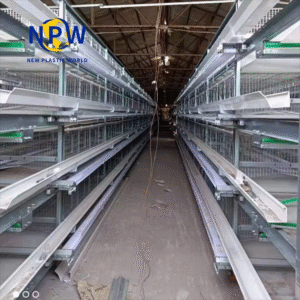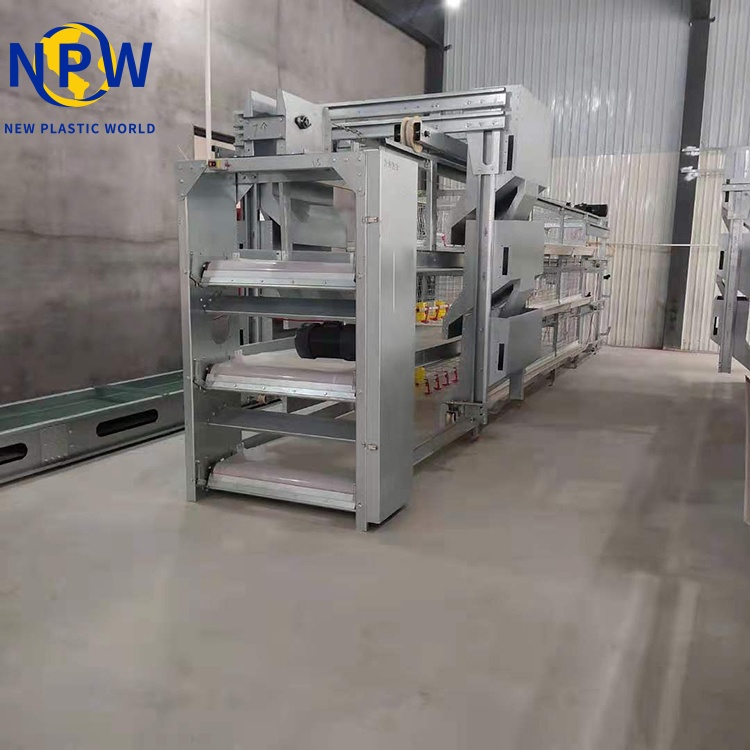Proper maintenance and cleaning of chicken cages are non-negotiable for both poultry health and equipment longevity. A well-kept cage environment minimizes disease risks, boosts productivity, and reduces long-term replacement costs. Below is a comprehensive guide to effective chicken cage care.

1. Establish a Consistent Cleaning Routine
- Daily Spot Checks: Swiftly remove leftover feed, loose feathers, and fresh droppings to prevent bacterial growth. This quick task maintains baseline hygiene between deeper cleans.
- Weekly Deep Cleans: Disassemble removable components (e.g., feeders, perches) to scrub every surface—pay special attention to crevices where debris accumulates.
- Monthly Disinfection: Apply poultry-safe disinfectants to eliminate hidden pathogens, parasites, and larvae that daily cleaning might miss. Rotate between different disinfectant types to avoid microbial resistance.
2. Choose the Right Cleaning Tools
- Brushes & Scrubbers: Use nylon-bristle brushes for metal surfaces and softer brushes for plastic components to avoid scratches. A wire brush works best on dried, caked droppings.
- High-Pressure Washers: Ideal for large-scale operations, these tools cut through grime in hard-to-reach areas—adjust pressure to avoid damaging cage integrity.
- Sanitizing Solutions: Opt for veterinary-approved products (e.g., quaternary ammonium compounds) over harsh chemicals. Always rinse thoroughly and follow dilution instructions to prevent poultry poisoning.
3. Strategic Waste Management
- Collect manure and soiled bedding daily, storing it in sealed bins until transfer to compost piles or approved disposal sites.
- Maintain a 10-foot buffer zone between waste storage and cages to reduce odor and pest attraction.
- For composting, layer waste with carbon-rich materials (straw, sawdust) to accelerate decomposition and kill pathogens.
4. Rust Prevention & Structural Repairs
- Rust Inspections: Check metal cages weekly for rust spots, especially at joints and bottom rails where moisture accumulates.
- Protective Coatings: Apply food-grade mineral oil or zinc-rich paint to metal surfaces annually—this creates a barrier against moisture.
- Prompt Repairs: Replace bent wires, loose latches, or frayed edges immediately. Even small gaps can trap chicks or invite predators.
5. Ventilation & Drying Protocols
- Ensure cages have adequate airflow (at least 10 air exchanges per hour) to reduce humidity—stagnant, moist air accelerates material degradation and mold growth.
- After cleaning, let cages air-dry completely (ideally 24 hours) before reintroducing chickens. Use fans to speed drying in humid climates.
6. Proactive Pest Control
- Inspect cages biweekly for mites, lice, or rodent activity—look for droppings, chewed wires, or egg clusters in dark corners.
- Treat infestations with diatomaceous earth (food-grade) or permethrin-based sprays (safe for poultry when used as directed).
- Keep surrounding areas clear of spilled feed and standing water, which attract pests.
7. Routine Structural Maintenance
- Tighten loose bolts monthly and sand down sharp edges to prevent injury to birds.
- Check door latches and hinges for wear—malfunctioning closures risk escapes or predator access.
- For wooden cages, seal cracks annually to prevent rot and insect damage.
Why It Matters: The Benefits of Diligent Care
- Healthier Flocks: Reduced risk of respiratory infections, parasites, and bacterial diseases like salmonella.
- Longer Equipment Life: Proper maintenance can extend cage lifespan by 3–5 years, significantly lowering replacement costs.
- Better Productivity: Healthy chickens lay more eggs, grow faster, and have lower mortality rates.
- Regulatory Compliance: Meets biosecurity standards for commercial operations and reduces liability risks.

By integrating these practices into your routine, you’ll create a sustainable, low-stress environment for your poultry while protecting your investment in cage infrastructure. Consistency is key—small daily efforts prevent costly problems down the line.

